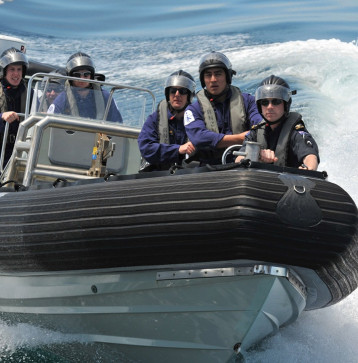
Helicopter Pilot
Skip to section:
About the role Career progression and training Salary and benefits Entry requirementsTake the controls of one of the most advanced aircraft in New Zealand, the Kaman SH-2G(I) Super Seasprite and experience a diverse and rewarding career
- ServiceNavy
- SpecialisationAviation
- LocationWhenuapai
-
Starting Trade Training$65,075
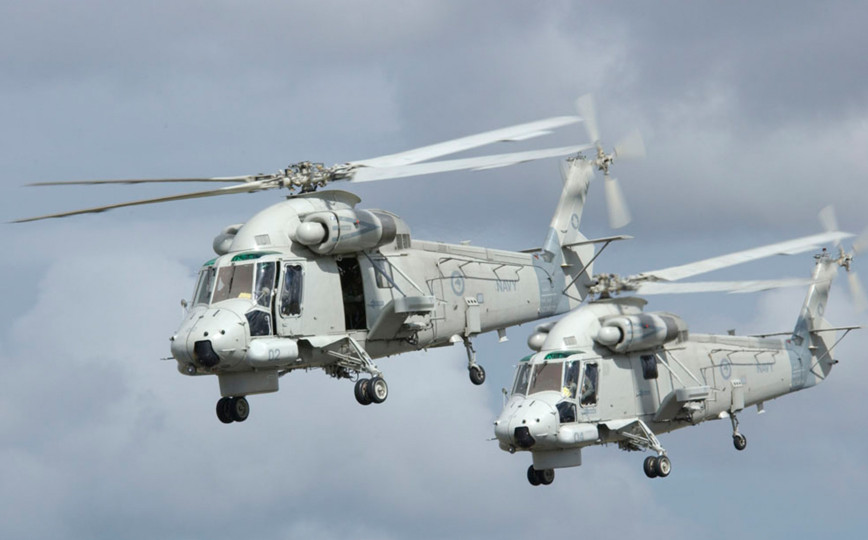
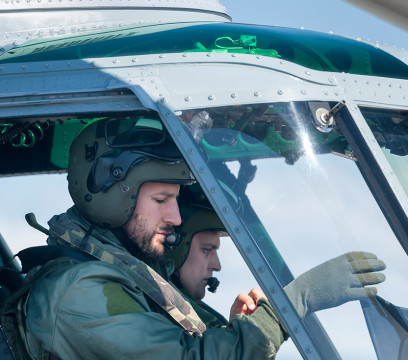
About the role
Navy Helicopter Pilots fly the Kaman SH-2G(I) Super Seasprite. As a Naval Pilot you will work within a team responsible for carrying out the Aircraft’s mission, which could be surface or sub-surface warfare, air logistics, medical evacuations, or search and rescue.
The Pilot is responsible for the flight path control of the helicopter, ensuring that the helicopter does not exceed any performance limitations and for the safe handling of malfunctions. The Pilot will position the helicopter to accomplish the mission effectively, and will use the mission system to access and interpret the navigation and tactical situation.
Where possible the Pilot will also assist the Observer to operate sensors but in doing so the Pilot will ensure as a first priority that the helicopter is flown and navigated within appropriate parameters. The pilot will typically conduct non-tactical communications and will assist the observer to conduct tactical communications if needed.
Those with civilian flying experience are welcome to apply. Pilots are selected from civilian applicants and personnel from within the Defence Force
Job on base
On completion of Junior Officer Common Training and Flight training you will be posted to 6 Squadron at RNZAF Base Auckland in Whenuapai. Whilst there your duties and responsibilities revolve around daily flying, consisting of operational flights and training flights, and administrative duties all Officer roles entail. You can expect to fly most days of the week in many different environments working with external agencies throughout New Zealand.
Job on deployment
Naval Aviation is an integral part of any Ships deployed capability and for any significant deployment of an aviation capable Ship, an SH-2G(I) can be expected to deploy. The role of the SH-2G(I) on board a RNZN Ship varies from being the primary weapons system on an ANZAC class Frigate conducting Warfare roles and Airborne Use of Force, to resupplying an island off the coast of New Zealand in support other Government Agencies.
A Ship's flight crew usually consists of eight RNZAF technicians, the Pilot, the Observer and a Helicopter Loadmaster. Your role as the Pilot is to position the SH-2G(I) to achieve the mission, working alongside the Observer who will be controlling the tactical situation and battlespace. On board the Ship you will have duties to conduct, such as advising the Commanding Officer on all aviation matters, conducting Meteorological briefs and training the Ships Company in Aviation procedures.
Recent deployments have included Operations in the Arabian Gulf and Indian Ocean, Humanitarian Aid and Disaster Relief deployments in the South Pacific and multiple Military Exercises throughout the South Pacific and South East Asia.
It's one of the best jobs you can do, being up in the sky in different conditions. Overall it's the challenge that I've always been keen on!
Meet Sam | Seasprite pilot
Career progression and training
Career Progression
Basic Training
Job Training
Ongoing Training
Specialist Training
Once you complete Junior Officer Common Training you will conduct Pilot training at RNZAF Base Ohakea in the Manawatu. Once fully qualified on the SH-2G(I) Helicopter, you can expect to fly as the sole Pilot gaining experience ashore and embarked on RNZN Ships. Once you have gained sufficient experience as both a Pilot and Naval Officer you will advance to the role of Flight Commander. This role means you will be responsible for all aspects of the Ship's helicopter operations for extended periods away from New Zealand.
As an experienced Pilot you may be given the option of becoming a Flight Instructor. This course is conducted at RNZAF Base Ohakea in either the T6-C Texan or A109 Light Utility helicopter. On completion of your Instructor training at Ohakea, you will return to 6 Squadron where you will take up an executive role in the Squadrons management team alongside your flying and instructional duties.
Additionally, there is the potential for deployment as an Officer to any one of the numerous overseas operations the Defence Force is committed to.
Junior Officer Common Training (JOCT)
(21 weeks) Location: Devonport Naval Base
The objective of JOCT is to provide you with the core skills of military, mariner, and leadership to be an effective Officer in the Navy. The course is completed in two phases of training that train key areas of development.
Phase 1 – Introduction
This phase focuses on ‘followership’ and teamwork. Trainees are instructed in basic service knowledge, discipline, parade, and kit preparation. Physical Training will be conducted at all times throughout training to develop a high level of physical and mental fitness that promotes morale, good health, and good habits. This phase will cover various topics including:
- Physical Fitness
- Service Knowledge
- Service Discipline
- Introduction to the Leadership Development Framework
- Damage Control Training
- Weapons Training
- First Aid
- Basic seamanship training
- Moving to advanced application
Phase 2 – Fit for Sea
The second phase of training will focus on attributes of being in the Navy in preparation for operational service at sea. Trainees will be taught about the roles and responsibilities on board an RNZN ship. Trainees will also spend time ashore conducting academic and leadership training to further develop as a Naval Officer. This phase will cover various topics including:
- Sea survival
- Ship familiarisation
- Leadership training
- Communications skills
- Defence and Strategic Studies
After Junior Officer Common Training you will gain some experience in the wider Navy environment before moving to RNZAF Base Ohakea for Pilot training alongside the RNZAF pilot trainees. Initial pilot training is conducted on the T6-C Texan and consists of approximately 3 months of Groundschool instruction, followed by 12-15 months of Flying training throughout New Zealand.
On completion of Flying training you will earn your ‘Wings’ and progress to the A109 Light Utility Helicopter for the Helicopter Basic Course. On completion of this you will return to 6 Squadron and commence conversion to the SH-2G(I).
Through-out your career as a Navy Pilot you will continue to develop your flying abilities. To ensure that you are capable of delivering on this, the RNZN and RNZAF will continuously train and develop your skills.
Additionally, there will be Navy specific courses that every RNZN Officer has to complete. These will broaden your skills as an Officer in the NZDF and are required for you to take charge of the Ship when in Port.
Along the way you’ll also undertake additional courses including survival, escape and evasion procedures and first aid that are essential for all aircrew trades. As an experienced Pilot you may be given the option of becoming a Flight Instructor, this course is conducted at RNZAF Base Ohakea in either the T6-C Texan or A109 Light Utility helicopter.
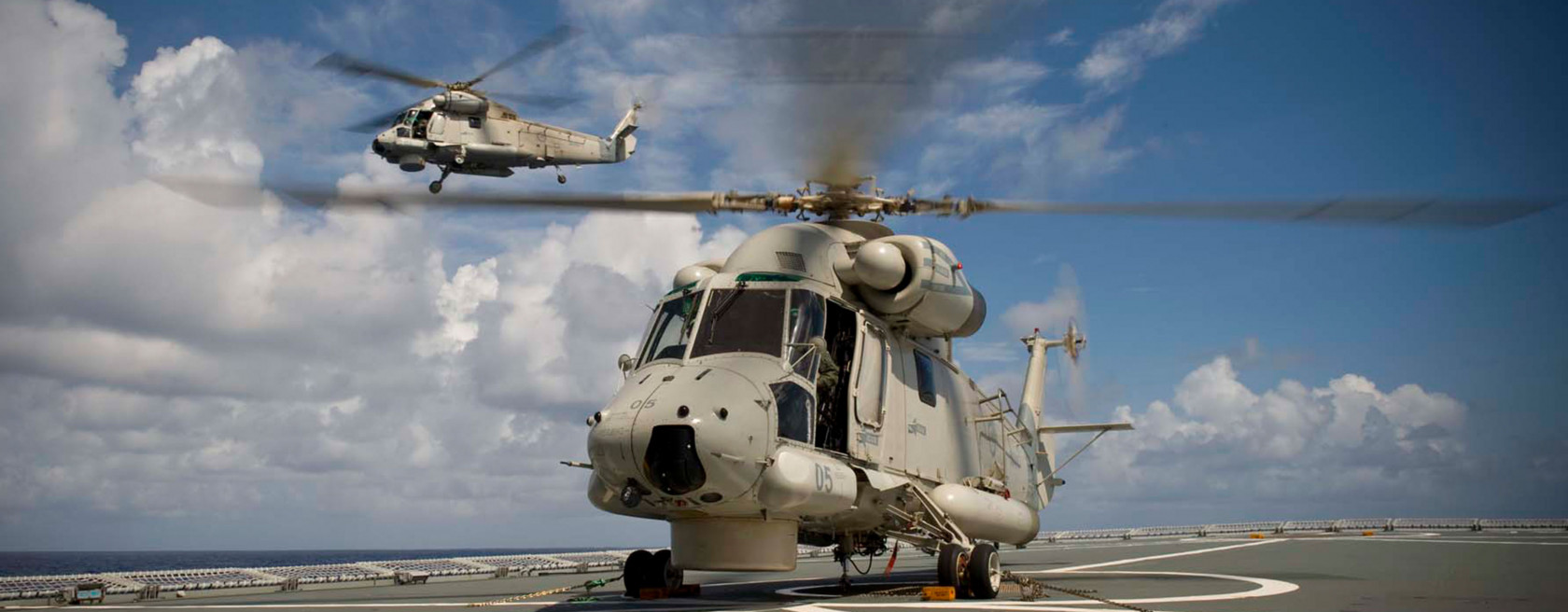
Salary and benefits
Careers in the Navy are well-rewarded, as well as being diverse and exciting. As you become more experienced and move up through the ranks, gaining additional skills and qualifications, you will see your salary rise accordingly.
$50,597
Under Initial Training
$65,075
Starting Trade Training
$183,984
Future Potential Earnings
Figures updated on July 1st 2023
Military factor
Earn a competitive salary while training or learning your trade, along with additional allowances for time spent in the field, at sea, overseas, or deployed on operations.
In addition to salary and allowances, other benefits of joining the New Zealand Defence Force include:
Access to your Service marae or tūrangawaewae
Sponsored tertiary study programmes at all levels
Free access to gyms and swimming pools on camp and bases
Opportunities to travel
Free and subsidised medical and dental care
Subsidised food and accomodation on camps and bases
Free and subsidised insurance cover
Help to buy a home and save for retirement
Entry requirements
Basics
Education
Fitness and Medical
Citizenship
Period of Service
- Be a minimum of 17 years of age upon entry.
- Meet the citizenship & security requirements to gain TSV security clearance for this trade.
- Must pass preliminary pilot selection test that includes general maths, maths reasoning and instrument comprehension.
- Pass an Officer Selection Board and an Aircrew Personnel Selection Board.
NCEA Level 2 certificate. Find out more about the NCEA levels and certificate requirements.
- You must be medically fit for service.
- You must meet the minimum entry fitness standards.
- Height limits will apply with the introduction of new or upgraded training aircraft. Individuals will be assessed for height limits as part of the application process.
- Colour perception restrictions may apply.
There are strict citizenship and security requirements to gain the TSV security clearance required for this trade. You must be free of any criminal convictions.
Find out if you’re eligible here.
Your training is some of the most thorough and advanced in the world. On completion of your training, you will be contractually obliged to carry out a return of service to the Navy for 10 years.
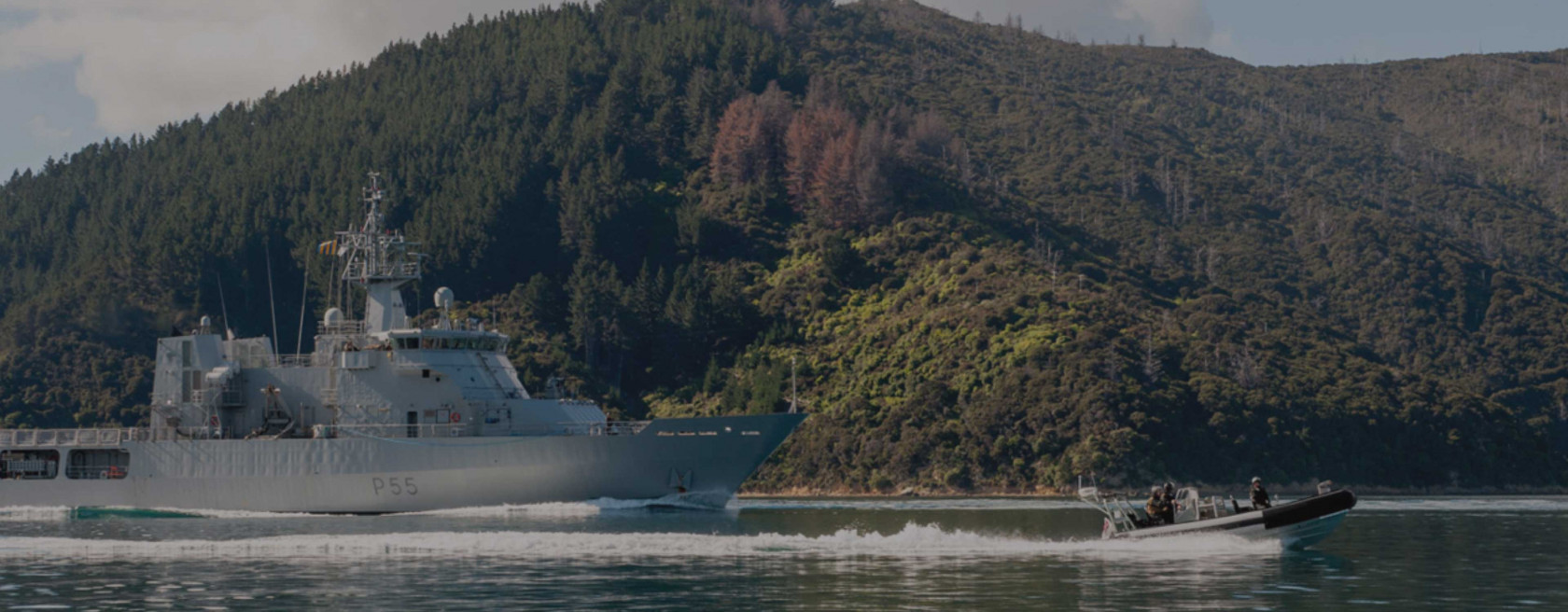
Ready to start your Navy career?
Other jobs you might like
You can also browse jobs by specialisation to narrow down your search.


